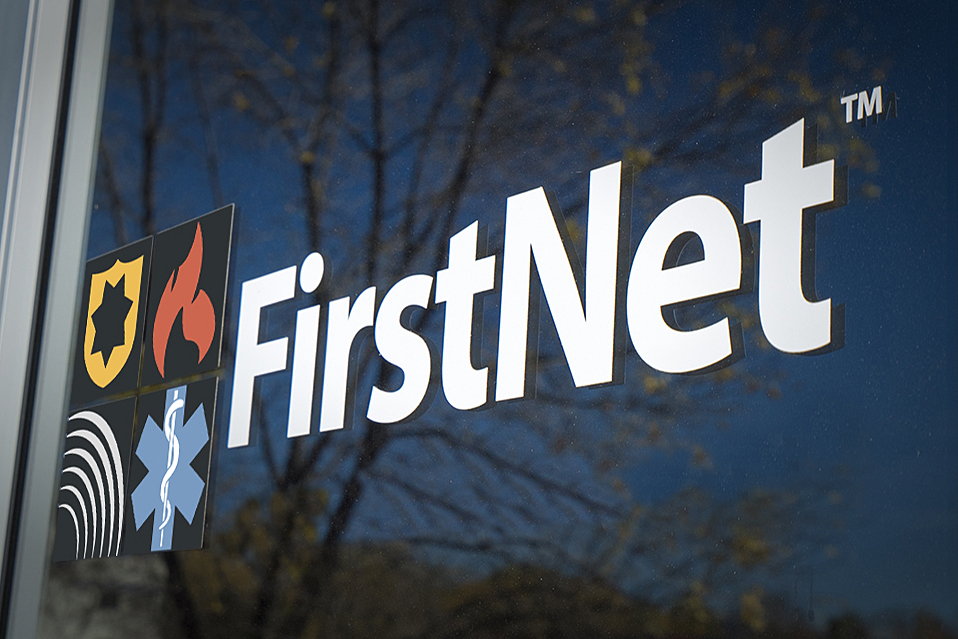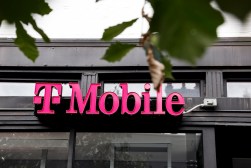FirstNet’s new ‘roadmap’ offers preview of network’s future

The federal agency behind FirstNet, the nationwide public safety communications network operated by AT&T, on Tuesday unveiled a “roadmap” offering a preview of the service’s future.
The First Responder Network Authority, the Commerce Department agency that sets policy for the network — more than half of which has been built — announced the roadmap at a public safety conference in Baltimore. The document, which draws on conversations between FirstNet and public safety officials from around the country, is intended to represent the core concerns of those officials and guide the network’s priorities as it’s developed.
“As we look to the future of FirstNet, it is critical that we deliver network enhancements and innovations based on the needs of public safety and in lock step with trends in technology,” FirstNet Authority Board Chair Edward Horowitz said in a press release.
The roadmap, which officials call “a living plan” that will adapt to the changing needs of first responders and other public safety officials, contains six “domains” representing the network’s priorities. The first two domains are the network core, which FirstNet says must be kept technologically current, and coverage and capacity, which together ensure the network will be available when public safety workers need it.
On top of those first two concerns are four features demanded by public safety officials: that the network provide them situational awareness, seamless voice communications, a secure information exchange and a user experience that allows them to stay focused on their mission of protecting the public.
User experience features prominent in the roadmap include hands-free use, accessories, purpose-built applications and heads-up display capabilities.
The roadmap also indicates several planned features and areas of continuing development under these six domains. The network’s limited coverage has been a concern for public safety officials since construction began in March 2018, but FirstNet says it’s continuing to improve coverage and wants to improve in-building coverage, as well.
The document lays out plans to grow and enhance the “deployables fleet,” a collection of mobile radio transmitters used in conjunction with the network’s static towers. FirstNet today has roughly 72 vehicle-based cell towers and three drone-mounted transmitters, which AT&T refers to as “cells-on-wings” or “flying COWs.”
Through continued stakeholder talks, FirstNet says it plans to continually refresh and re-release this document to ensure the network’s priorities reflect the needs of the public safety community.
“[T]he Roadmap will serve as a common reference point, focusing everyone’s attention on a coordinated approach to enhancing the public safety community’s mobile broadband communications capabilities,” the report reads.






